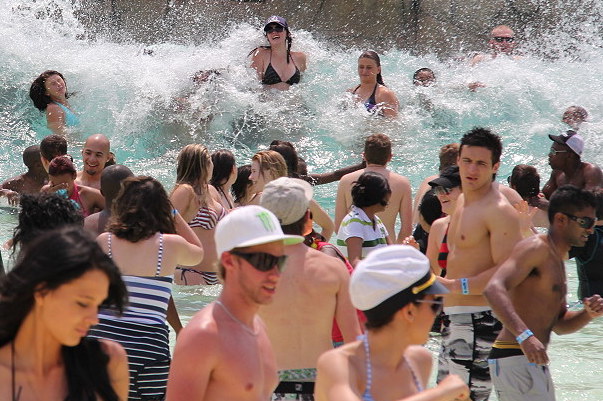
As students get ready for spring break, many leave their textbooks and syllabi behind. They may be unaware that partying is packed with sociological ideas. In fact, sociologists have long observed how norms and customs shape the way people experience festivals and celebrations. Over a century ago, French sociologist Emile Durkheim argued that rituals, celebrations, and festivals are integral parts of society’s function and build solidarity among communities. Rituals can involve small, everyday conversations with other people as well as large festivals, concerts, and major sporting events. Spring break partying, traveling, and interactions are all modern examples of this social process.
Emile Durkheim. 1915. The Elementary Forms of Religious Life. New York: Dover Publications, INC.
Erving Goffman. 1967. Interaction Rituals: Essays in Face to Face Behavior. Chicago: Aldine Transaction.
Recent work has emphasized one particular ritual in which college students take part: partying. This research details how contemporary norms and common practices regarding partying like hookups, hazing, and excessive alcohol use have become a large part of the college culture. Sociologists are also showing, however, that popular images of spring break and college life do not always match reality. In particular, partying can produce inequalities in access and safety, particularly for women, racial/ethnic minorities, and low-income students. In short, college partying remains an eminently social phenomenon, shaped by social forces, histories, and ideas.
Elizabeth A. Armstrong and Laura T.Hamilton. 2013. Paying for the Party: How College Maintains Inequality. Cambridge: Harvard University Press.
Lisa Wade. 2017. American Hookup: The New Culture of Sex on Campus. New York: W.W. Norton and Company.

Comments